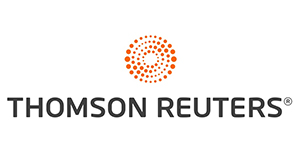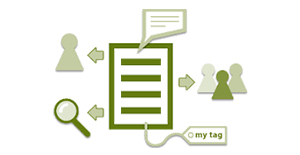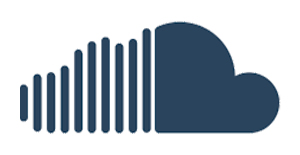Issue Details
QUANTIFYING INEQUALITY: A STUDY OF MEAN-MEDIAN-MODE RELATIONSHIPS IN GROUPED DATA
Dr. Ritika
Page No. : 112-123
ABSTRACT
In statistical analysis, the mean, median, and mode show what percentage of data falls in the middle. Aggregated data may alter the typical placement of the median between the mean and the mode for skewed unimodal distributions, which is between the two extremes. Because of this, it is difficult to accurately evaluate this characteristic using summary statistics alone. To address this vacuum in the statistical literature, this work analyses the mean-median-mode inequality for grouped data. The complicated relationships between the mean, median, and mode of unimodal clustered distributions are explored. We propose a thorough methodology for investigating the relationship between these fundamental indicators by establishing the conditions that underlie their differences. By examining several classified datasets, we are able to adapt our findings to real-world scenarios. Statistical approaches are used to examine and interpret the data, taking into account things like sample size and the dispersion of results. Our research shows that there are discrepancies between the mean, median, and mode that were not expected. In this research, we focus on the significance of studying mean-median-mode inequality without complete raw data, making it applicable to real-world data analysis. The findings might be useful for researchers, statisticians, and data analysts that work with grouped data. Statistics, decision-making, and predictive modelling may all benefit from a deeper familiarity with the relationships between an aggregate’s mean, median, and mode. In order to fill a need in the literature and enhance understanding of central tendency measures in grouped data, our work sheds light on this often-overlooked aspect of statistical analysis.
FULL TEXT









